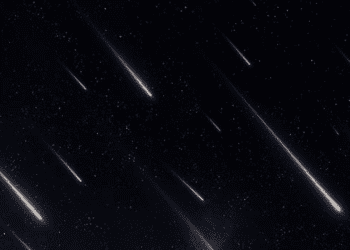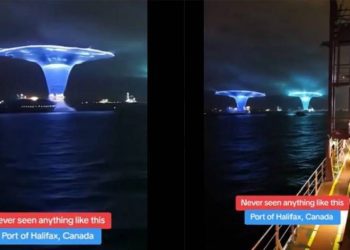A RARE alignment of six planets – Jupiter, Mercury, Uranus, Mars, Neptune and Saturn – is set to occur in the skies tomorrow night.
The cosmic phenomenon will be visible on 3 June and here's how you can best view it.

Those hoping to see the display will only be able to do so if they have a clear sky and a nearly flat western horizon.[/caption]
According to experts, the upcoming alignment will be tricky to spot – but not impossible.
“Seeing the alignment will indeed be challenging as it happens around sunrise and it's all rather low in the East as well,” Professor Danny Steeghs, Department of Physics, University of Warwick, explained.
This visual phenomenon differs from an astronomical alignment, where planets gather simultaneously on the same side of the sun.
It will be a while until six planets align again…
By Millie Turner, Technology & Science Reporter
Planet alignments aren't extremely rare, especially with between two to four planets.
These types of alignments actually happen several times each year.
The last planetary alignment seen in the Northern Hemisphere was on April 8, when the moon aligned with the sun in a solar eclipse.
But five or more planets aligning is a rarer event.
The next time us earthlings will be able to enjoy the sight of six planets in alignment will be 18 January, 2025.
Only then will Mercury, Mars, Jupiter, Uranus, Neptune and Saturn parade together in the sky again.
Other alignments are even rarer than that.
A Jupiter, Saturn, Uranus and Neptune arrangement occurs roughly every 175 years – so truly a once in a lifetime sight.
It's more unlikely to see all eight main planets in the same part of the sky.
This display is so rare, it occurs just once every few thousand years, with the last recorded event in 94 CE.
How to spot
Those hoping to see the display will only be able to do so if they have a clear sky and a nearly flat western horizon.
It's key to make sure the sky is free of obstructions like trees or buildings.
For the best view, stargazers have been advised to use binoculars.
However, specialist equipment may be needed to spot Uranus and Neptune.
“Uranus and Neptune will be faint, so viewers will require good binoculars to see them,” Steeghs added.
“Jupiter and even Mercury are very close to the Sun, restricting their view.
“Mars and Saturn are the more accessible ones to view, you can see them ahead of the other planets rising and a bit higher in the sky.”
To help identify the planets, Steeghs recommends using an app to guide you.
Experts have previously suggested the app Sky Tonight.
The app can be pointed at any area of the night sky to give a live display of what is going on up there – even if it's daylight.
All you need to know about planets in our solar system
Our solar system is made up of nine planets with Earth the third closest to the Sun. But each planet has its own quirks, so find out more about them all…
- How old is Earth? Plus other facts on our planet
- How many moons does Mercury have?
- What color is Venus?
- How far away is Mars to Earth? And other facts on the red planet
- How big is Jupiter?
- How many moons does Saturn have?
- Does Uranus have rings?
- How many moons does Neptune have?
- How big is Pluto?
- How hot is the Sun?































